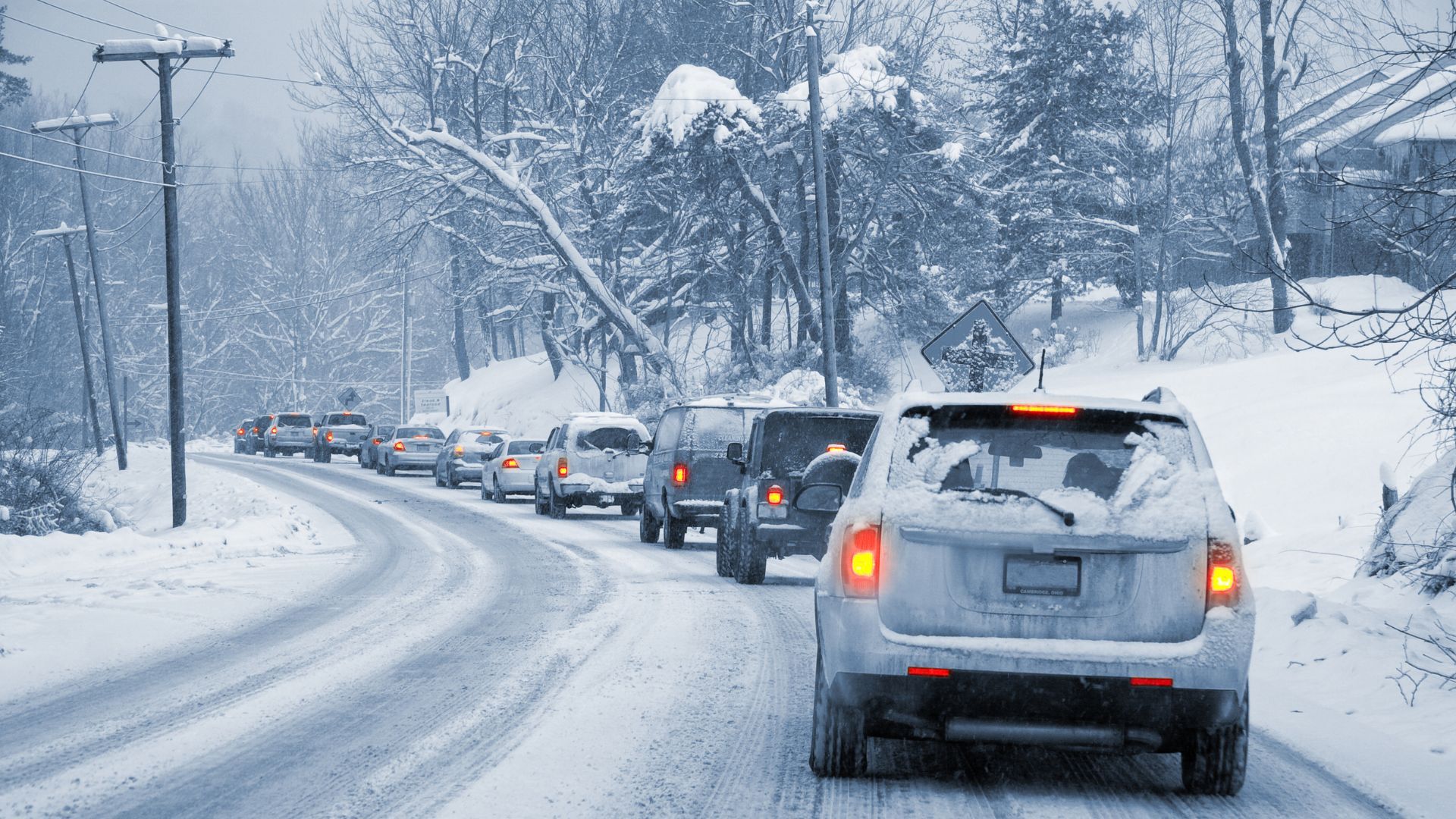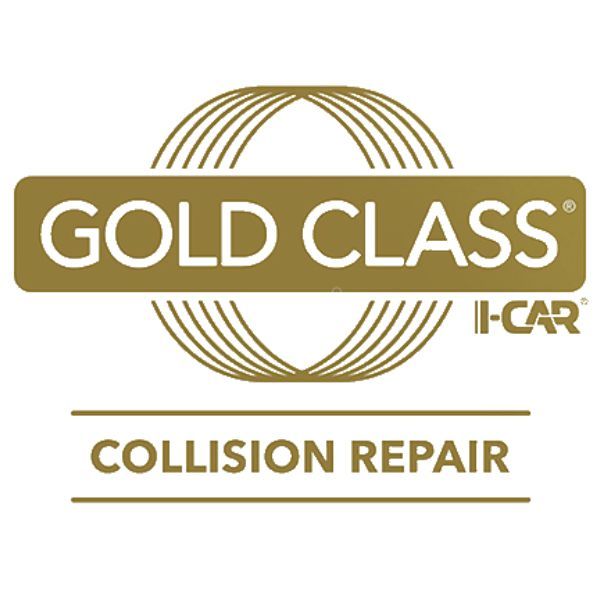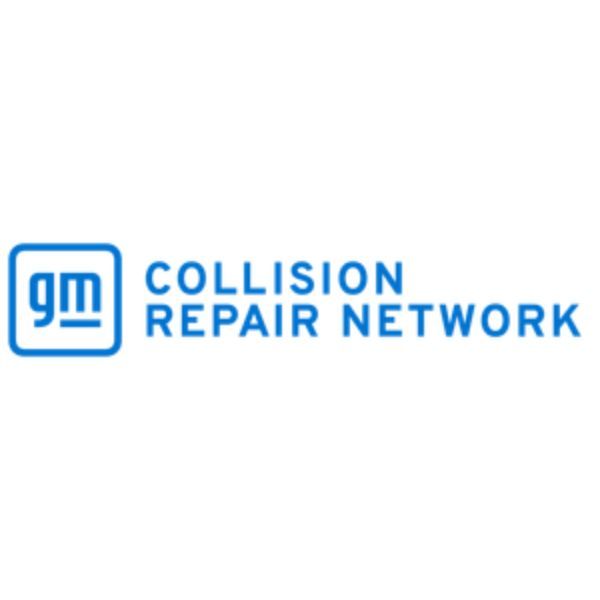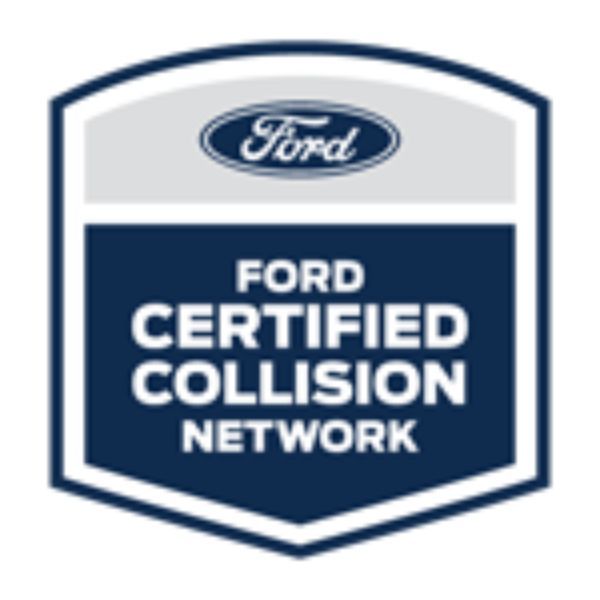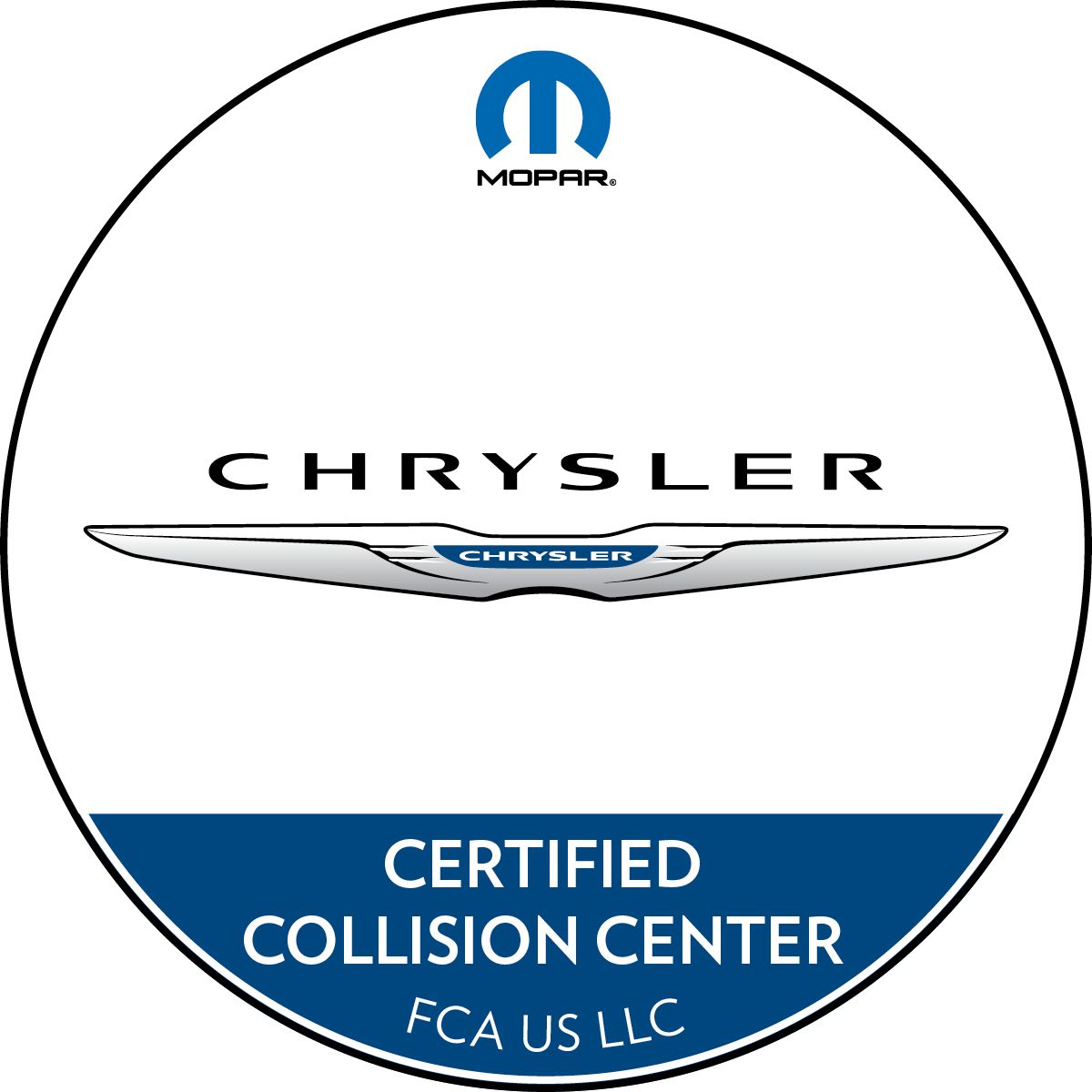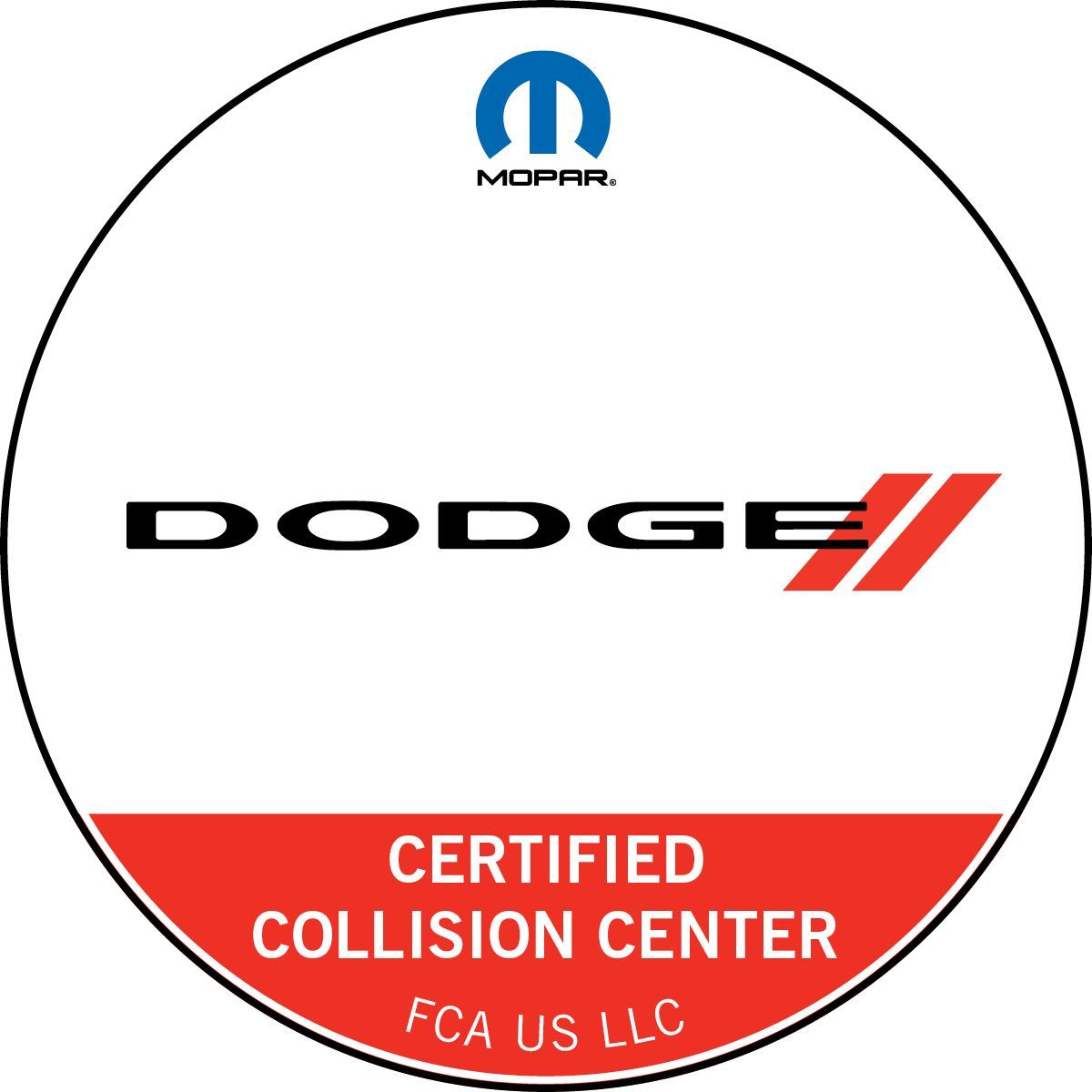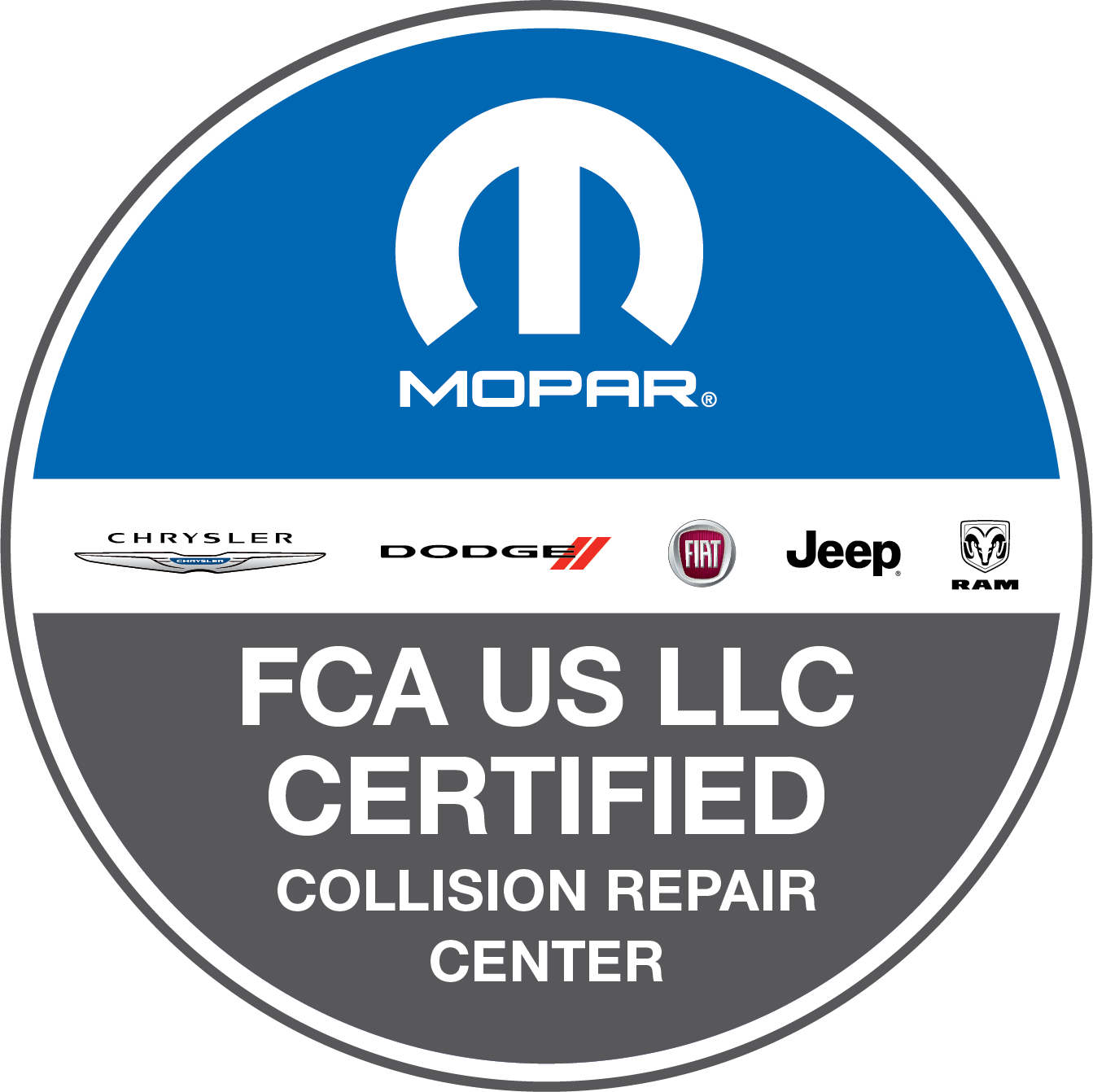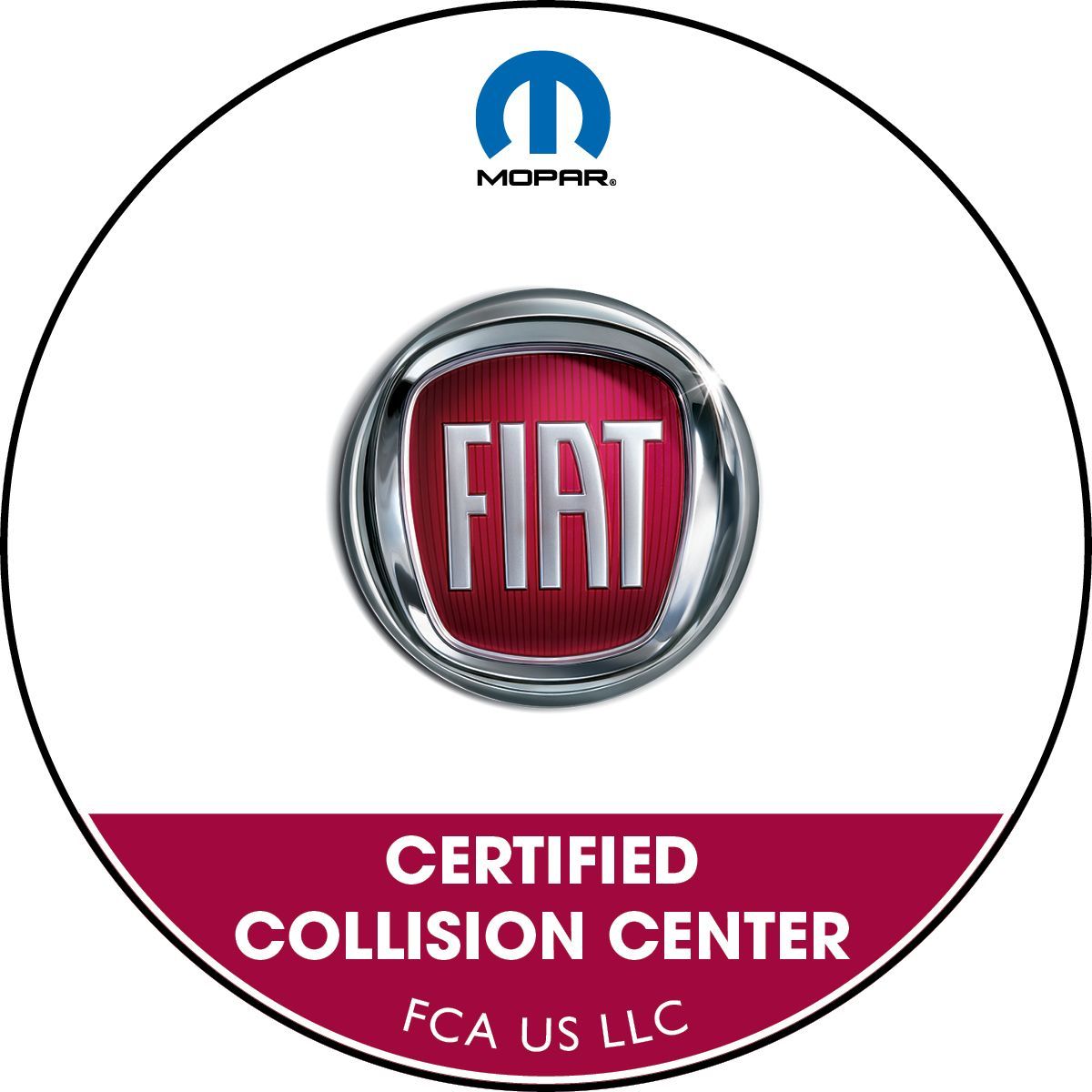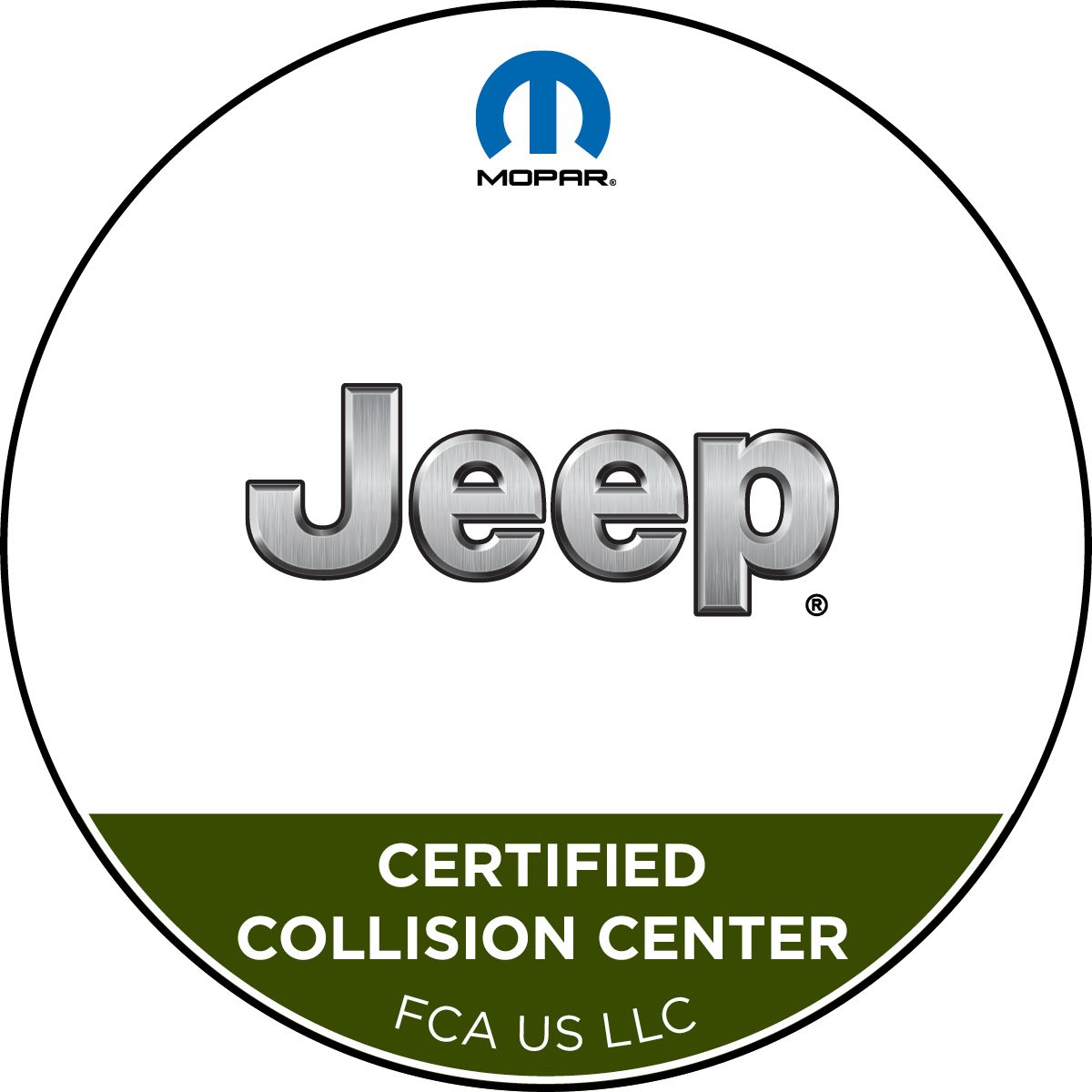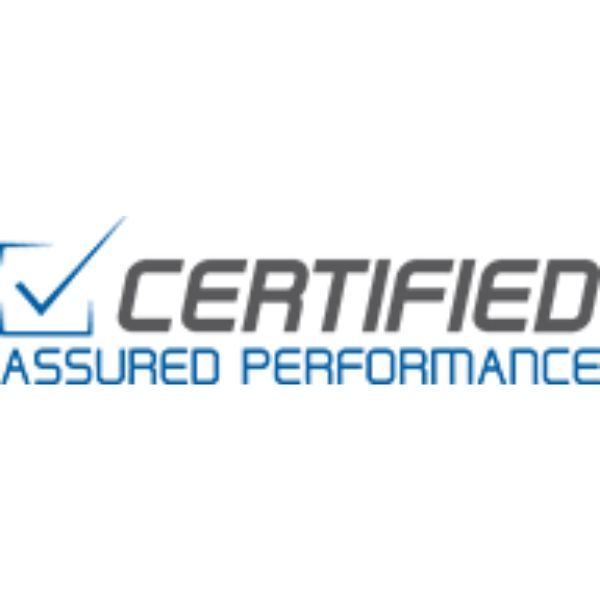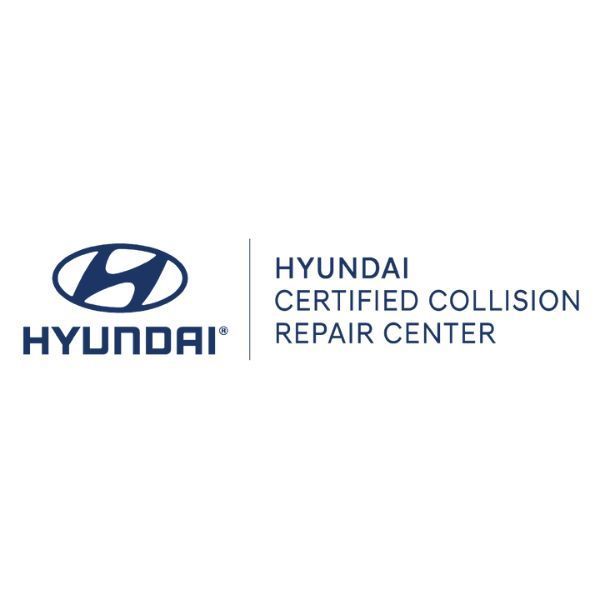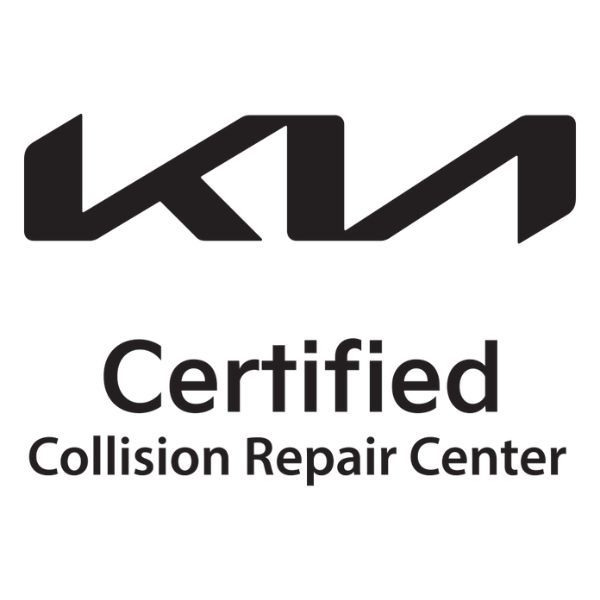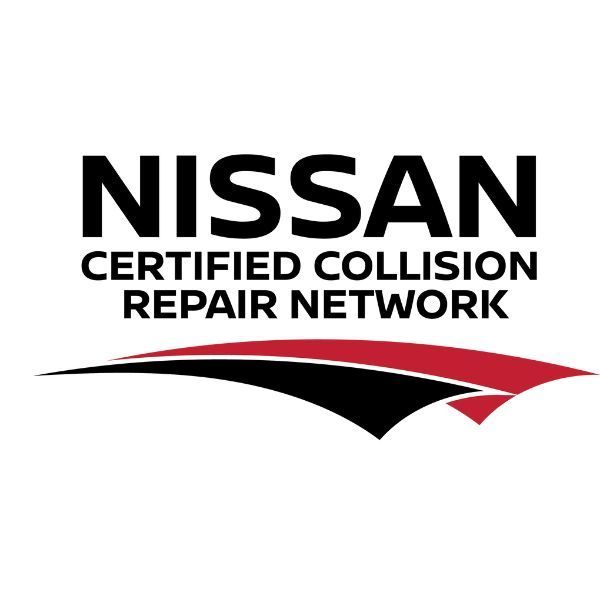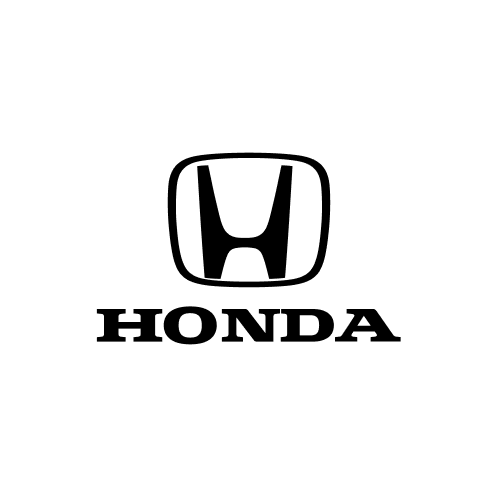The Steps to Painting a Car
There's nothing quite like a fresh coat of paint to breathe new life into an older car. However, car painting requires several crucial factors that influence the results and cost of any paint job. That's why we're here—to explore these factors, outline the steps involved in painting a car, and provide valuable insights. By understanding these key elements, you can find the best solution that suits your needs.
Preparing Your Car for a Paint Job
Finding the right detailing center is crucial when preparing for your paint job. Entrusting your beloved vehicle to skilled professionals ensures that the process is carried out with precision and expertise. Reputable detailing centers also have the necessary knowledge and equipment to handle your car’s preparation and painting, guaranteeing a flawless result.
Proper preparation is crucial to ensure the highest quality and appearance of your new paint job. The first step is to thoroughly prep the vehicle's bodywork and remove the old paint. If the paint happens to be lead-based, specialized equipment and expertise are required for safe elimination. Additionally, addressing any necessary bodywork or repairs, such as dents, scratches, or rust, is essential to achieve a smooth and seamless result.
By addressing these repairs before painting, you can ensure a flawless finish free from any visible imperfections. This approach guarantees proper adhesion of the new paint, resulting in a consistent and uniform finish across the entire vehicle. Furthermore, addressing underlying issues beforehand prevents them from compromising the durability and longevity of the paint job in the future.
Choosing the Right Paint
When calculating car painting costs, several factors come into play. Your car’s size significantly affects the final price, as larger cars may require more paint, surface preparation, or additional bodywork. The make and model of your car can also impact the cost, as some vehicles may require specific types or brands of paint.
The type of paint, solid, metallic, or pearl, and its quality will also influence the cost. Additional factors that impact the final price include any necessary bodywork, repairs, or customizations that require specialized tools or equipment. Choosing your paint finish is an opportunity to make a significant difference in costs, with solid colors being the most affordable, followed by metallic and pearl options.
The quality of the paint materials is another important consideration, as it affects the appearance, durability, and costs of the paint job. Higher-quality paint provides a better finish but comes at a higher cost. More layers of paint result in better coverage but require more time and materials to complete, increasing the overall cost. Custom paint options, such as airbrushing or special effects, can also significantly raise the final cost.
Navigating the Additional Steps of Car Painting
Clear coatings and polishing are essential components of the car painting process. They act as protective layers, shielding the paint from external elements while imparting a deep, glossy shine to the color, enhancing the overall appearance of the vehicle. These services contribute to both aesthetics and durability.
Furthermore, paint protection treatments are vital for prolonging the lifespan of the newly painted surface. These treatments provide an additional layer of defense against environmental hazards that could potentially harm the paint job. Depending on individual preferences and budget, paint protection treatments range from ceramic coatings to vinyl wraps, each offering unique advantages and associated costs.
Incorporating these services into the car painting process ensures the long-term protection and preservation of your cherished automobile. By doing so, you can maintain its original luster and withstand the test of time.
Our Car Painting Process and Steps
In conclusion, professional car painting is a crucial investment with multiple steps that enhance your car's appearance, preserve its exterior, and maintain its resale value. The cost of painting your car depends on various factors, including size, model, type of paint, materials, number of layers, repairs, additional services, and customization. By investing in a high-quality paint job, you can enjoy riding in style for many years to come.
It's essential to consult with a trusted and experienced detailing center to obtain personalized quotes and expert advice.
Contact us today to set up a consultation and discuss the next steps with our friendly staff. Our dedicated detail, paint, and auto body teams enjoy utilizing their experience to revitalize your car through a well-crafted paint job.
Share
More Blog Posts
